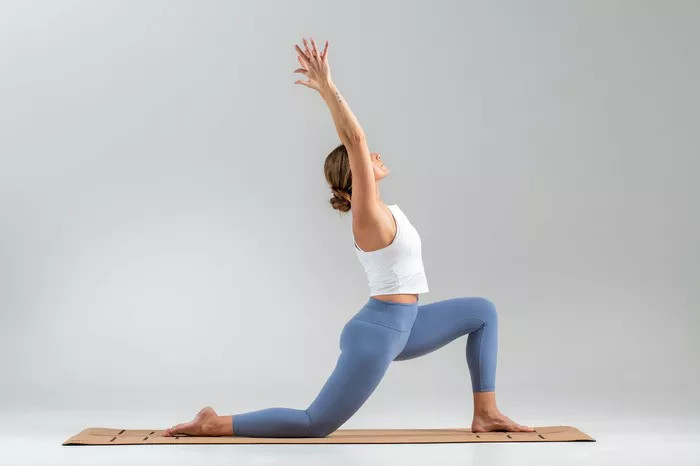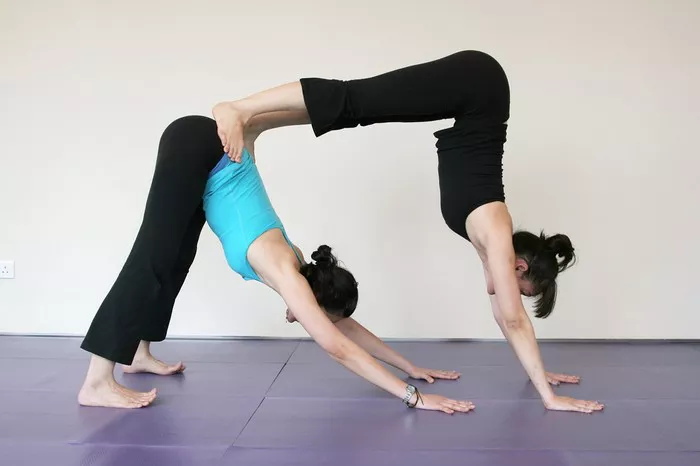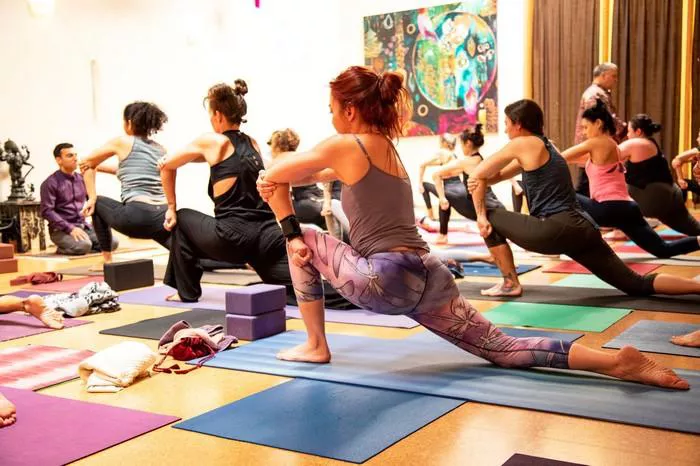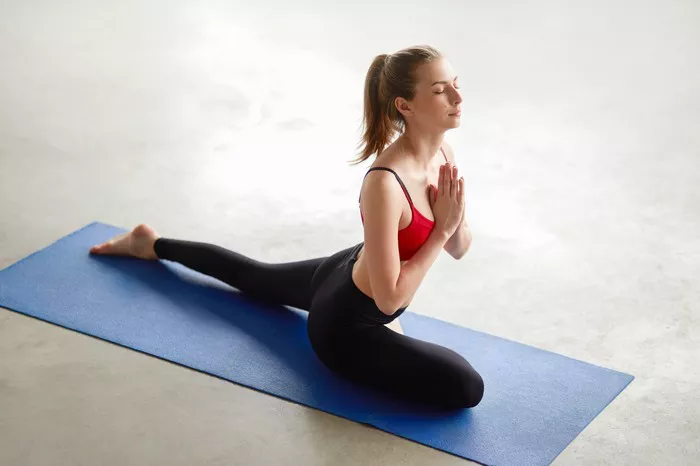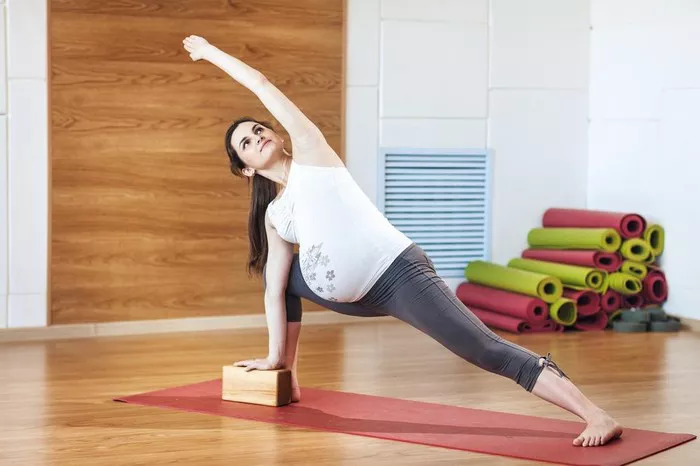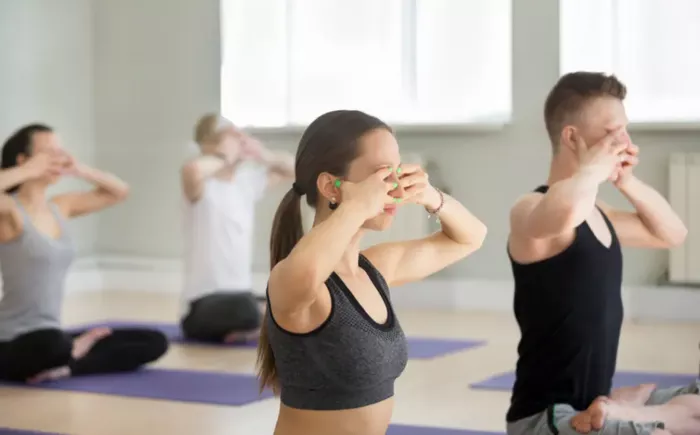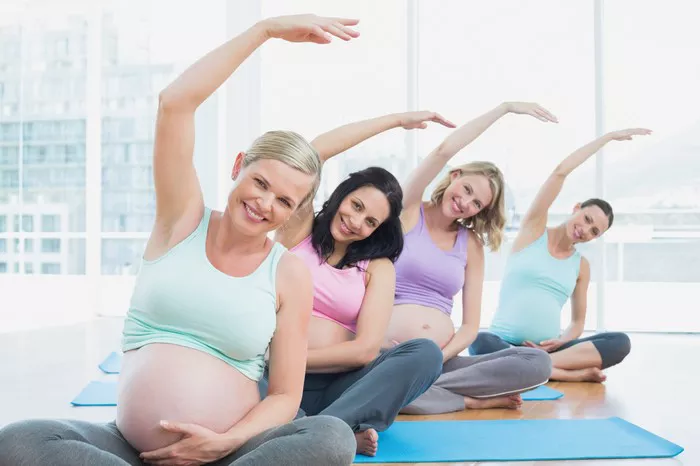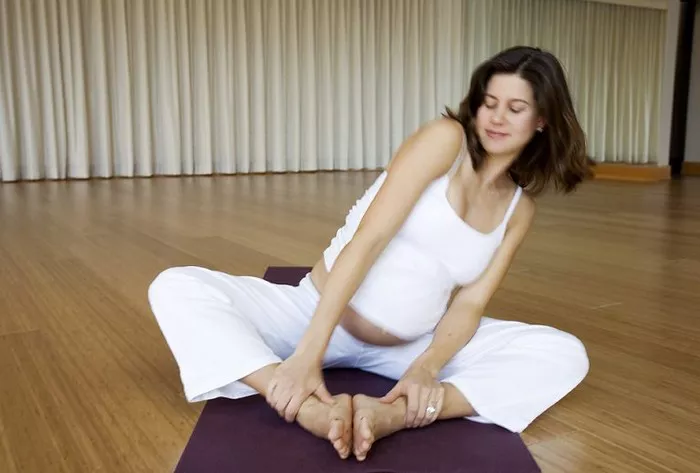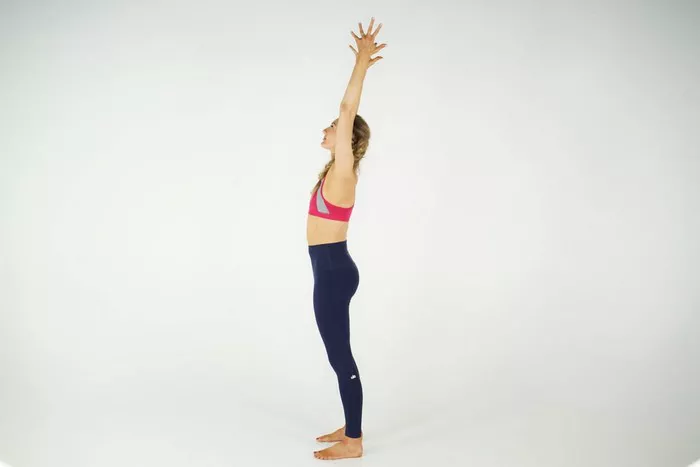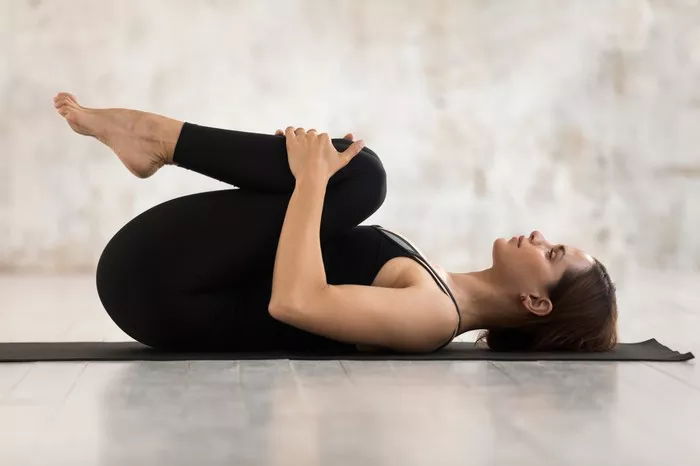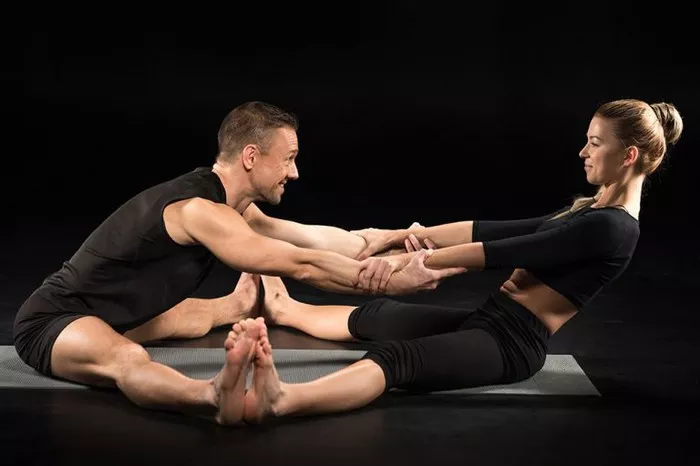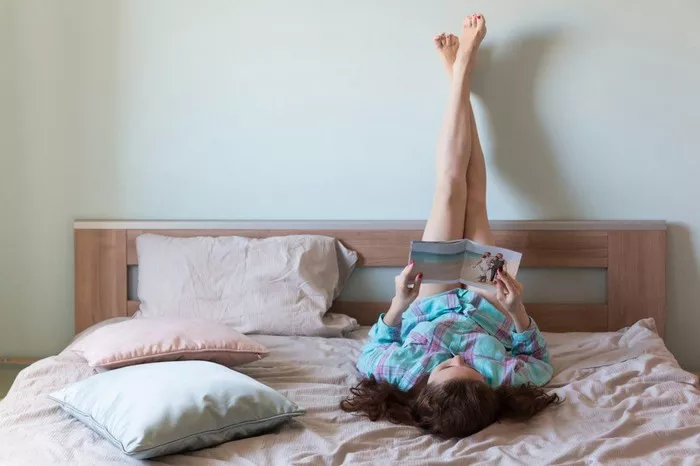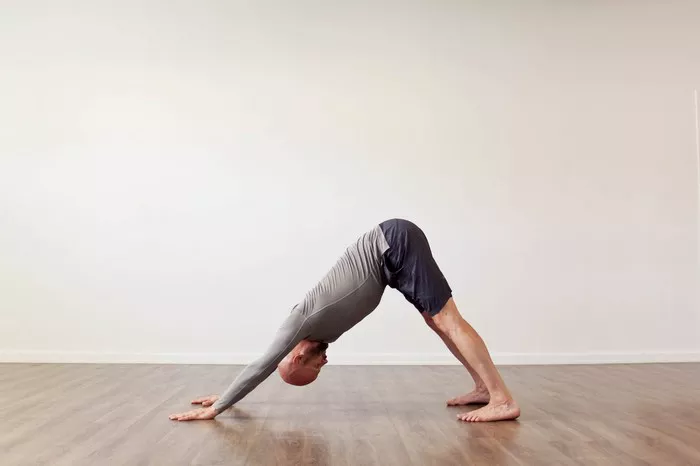Yoga is a holistic practice that combines physical postures, breathing exercises, and meditation to promote physical and mental well-being. When it comes to choosing the right shoes for yoga, it’s not as straightforward as it might seem. While many people might assume that going barefoot is the best option, there are situations where wearing shoes can offer certain advantages. In this article, we will explore the various factors to consider when deciding what shoes to wear to yoga, including the type of yoga you practice, the surface you’ll be on, and your personal preferences and needs. Whether you’re a beginner or an experienced yogi, finding the perfect pair of yoga shoes can enhance your practice and keep you comfortable and safe.
The Benefits of Going Barefoot in Yoga
Enhanced Grip and Stability: When practicing yoga barefoot, your feet have direct contact with the mat. This allows for a better sense of grip, which is crucial for maintaining balance in poses such as Tree Pose (Vrksasana) or Warrior III (Virabhadrasana III). The natural flexibility and dexterity of your toes can grip the mat, providing stability that might be compromised with shoes.
Improved Proprioception: Going barefoot helps to improve proprioception, which is the body’s awareness of its position in space. This heightened sense of awareness can assist in making more precise adjustments in poses, leading to better alignment and a deeper understanding of your body’s capabilities. For example, in Downward-Facing Dog (Adho Mukha Svanasana), you can better feel the distribution of weight through your hands and feet, allowing for a more even stretch and stronger engagement of the muscles.
Connection to the Earth and Energy Flow: In many yogic traditions, there is a belief in the connection between the body and the earth’s energy. Going barefoot is seen as a way to ground oneself and allow for the free flow of energy throughout the body. This spiritual aspect can enhance the overall experience of the practice, making it more than just a physical exercise.
When Shoes Might be Necessary
Hygiene Concerns: In some shared yoga studios, the mats and floors may not be as clean as you would like. Wearing shoes can provide a barrier between your feet and potential germs or dirt. This is especially important if you have cuts or open sores on your feet, as it can prevent infections. Additionally, if you sweat a lot during your practice, shoes can keep your feet dry and reduce the risk of fungal infections like athlete’s foot.
Cold Floors or Unfavorable Surfaces: If the yoga studio has a cold floor, especially in the winter months, wearing shoes can keep your feet warm and prevent discomfort. Similarly, if the surface is uneven or rough, shoes with appropriate soles can offer protection and stability. For instance, if you’re practicing in a park or on a beach, where the ground may be sandy or rocky, shoes can prevent injuries and allow you to focus on your practice without worrying about stepping on something sharp.
Medical Conditions or Foot Injuries: People with certain medical conditions, such as plantar fasciitis or flat feet, may require the support and cushioning provided by shoes. Shoes with arch support can help relieve pain and pressure on the feet, allowing for a more comfortable practice. Additionally, if you’ve recently had a foot injury, shoes can provide the necessary protection and stability during the healing process, enabling you to continue your yoga practice with reduced risk of further damage.
Types of Yoga Shoes
Traditional Yoga Slippers
Lightweight and Flexible: These slippers are designed to mimic the feeling of being barefoot while still providing some protection. They are usually made from lightweight materials such as cotton or synthetic fabrics, allowing for ease of movement. The soles are thin and flexible, enabling you to feel the ground beneath you, which is important for maintaining balance and proprioception.
Easy to Put On and Take Off: With a simple slip-on design, traditional yoga slippers are convenient for quickly getting in and out of during a class. They often have an open back or a flexible strap, ensuring a snug fit without being too constricting. This makes them a popular choice for those who want a bit more coverage than going barefoot but still value the freedom of movement.
Yoga Sandals
Breathable and Adjustable: Yoga sandals typically feature an open design, allowing for maximum breathability. They often have adjustable straps, which can be customized to fit your feet snugly. This is beneficial for those with wider or narrower feet, as you can adjust the sandals to your specific comfort level. The open design also makes them suitable for hot yoga classes, where excessive sweating can be an issue.
Good for Outdoor Practices: If you enjoy practicing yoga outdoors, yoga sandals can be a great option. The soles are usually thicker and more durable than those of slippers, providing better protection against rough surfaces. They also offer better traction, reducing the risk of slipping on grass, gravel, or other outdoor terrains.
Cross-Training Shoes for Yoga
Extra Support and Cushioning: Cross-training shoes are designed to provide more support and cushioning compared to traditional yoga shoes. They are suitable for those who engage in more intense or dynamic yoga styles, such as Power Yoga or Ashtanga Yoga. The added cushioning can absorb shock during jumps and high-impact movements, protecting your joints.
Sturdy Soles for Stability: The soles of cross-training shoes are often thicker and more rigid, offering enhanced stability. This is useful for poses that require a strong base, such as Standing Forward Fold (Uttanasana) or Chair Pose (Utkatasana). However, it’s important to note that the added support and rigidity may come at the expense of some of the natural flexibility and connection to the ground that barefoot or lighter yoga shoes provide.
Features to Look for in Yoga Shoes
Grip and Traction: The sole of the shoe should have a good grip to prevent slipping on the mat or other surfaces. Look for shoes with a non-slip rubber sole that provides traction in all directions. This is especially important for poses that involve twisting or shifting your weight, such as Triangle Pose (Trikonasana) or Revolved Chair Pose (Parivrtta Utkatasana).
Flexibility: The shoe should be flexible enough to allow for natural movement of the foot. It should bend and flex with your foot as you move through different poses, without restricting your range of motion. Shoes that are too stiff can cause discomfort and may even affect your balance. A flexible upper material, such as a soft mesh or a stretchy fabric, can also contribute to overall comfort and ease of movement.
Breathability: Since yoga can be a sweaty activity, it’s essential to choose shoes that are breathable. Look for shoes with mesh panels or perforations that allow air to circulate, keeping your feet cool and dry. This not only prevents discomfort but also helps to reduce the risk of foot odor and fungal infections.
Comfort and Fit: The shoes should fit snugly but not be too tight. There should be enough room in the toe box to allow your toes to spread naturally, which is important for balance and stability. A well-padded insole can provide additional comfort, especially if you’ll be standing or bearing weight on your feet for an extended period. Try on different sizes and styles to find the pair that feels the best on your feet.
How to Choose the Right Shoes for Your Practice
Consider Your Yoga Style: If you practice a slow and gentle form of yoga, such as Hatha or Yin Yoga, you may prefer a lighter and more flexible shoe or even go barefoot. However, if you engage in a more vigorous style like Vinyasa or Bikram Yoga, shoes with more support and cushioning might be a better choice. For example, in a fast-paced Vinyasa class with frequent transitions and jumps, cross-training shoes can offer the necessary stability and shock absorption.
Think About the Studio Environment: If you practice in a clean and well-maintained studio with a comfortable temperature, going barefoot or wearing minimal shoes might be sufficient. But if the studio is cold, dirty, or has an uneven floor, you’ll need to choose shoes that address those specific conditions. Additionally, if you travel and practice in different studios, having a versatile pair of shoes that can adapt to various environments is a good idea.
Listen to Your Body: Pay attention to any discomfort or pain you experience during or after your practice. If you notice that your feet are sore or that you’re having trouble maintaining balance, it might be a sign that you need to reevaluate your shoe choice. Experiment with different types of shoes and see how your body responds. Your comfort and safety should be the top priorities when choosing yoga shoes.
Caring for Your Yoga Shoes
Regular Cleaning: After each use, wipe down your yoga shoes with a damp cloth to remove dirt and sweat. If they are particularly dirty, you can use a mild detergent and water to gently scrub them. Avoid using harsh chemicals or bleach, as this can damage the material. Let them air dry completely before wearing them again to prevent the growth of mold and mildew.
Proper Storage: Store your yoga shoes in a cool, dry place away from direct sunlight. Avoid leaving them in a damp or cramped area, such as a gym bag or a locker. You can use a shoe rack or a breathable storage container to keep them in good condition. If your shoes have removable insoles, take them out and let them air out separately.
Replacing Worn-Out Shoes: Over time, the soles and uppers of your yoga shoes will wear out. Pay attention to signs of wear and tear, such as thinning soles, frayed edges, or loss of support. When your shoes no longer provide the necessary grip, flexibility, or comfort, it’s time to replace them. Wearing worn-out shoes can increase the risk of injury and affect the quality of your practice.
Conclusion
Choosing the right shoes for yoga depends on various factors, including your personal preferences, the type of yoga you practice, and the environment in which you practice. While going barefoot offers many benefits, there are situations where wearing shoes can enhance your comfort and safety. By considering the features and types of yoga shoes available and taking care of them properly, you can find the perfect pair to support your yoga practice and help you achieve a deeper and more enjoyable experience on the mat. Whether you opt for the simplicity of bare feet, the lightness of yoga slippers, the versatility of sandals, or the support of cross-training shoes, the most important thing is to listen to your body and make a choice that allows you to focus on your practice and connect with your inner self.
Related topics





